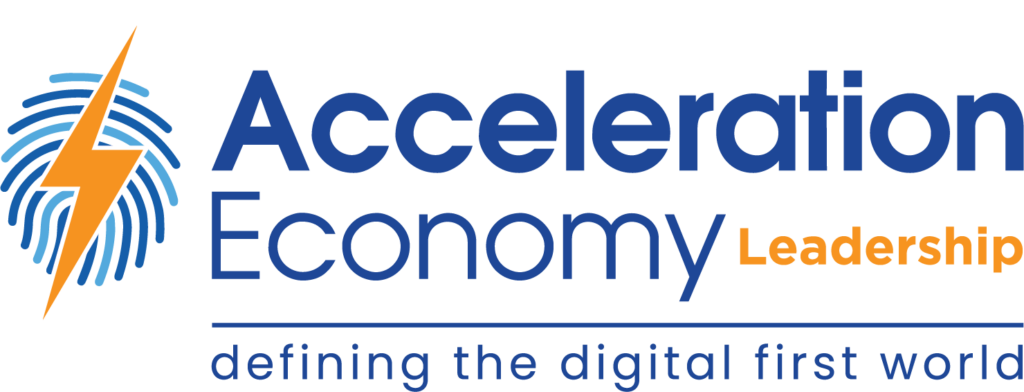A Chief Information Officer (CIO) who wants to be seen as more than “the guy who keeps the computer systems running” or viewed as more than just a cost center has some work to do. CIOs need to be focused on the same goals as the other business leaders in the organization. Particularly in smaller organizations that tend to have smaller IT teams and where the CIO may have a more hands-on role, it is critical for the CIO to step away from the technology itself and look for ways to get involved in real business outcomes. A great first step is to set your sights on ways to exceed customer expectations with a quality experience since maintaining happy customers is the lifeblood of any successful business.
Here are 5 steps to make an impact on customer experience (CX) and bring value to your organization.
1. Get to Know Your Customers and Their Needs
To make an impact on customer experience, you must first know who your customers are and how they interact with your company. If your company is a manufacturer and sells primarily to distributors, then your customer interactions could be very different than a company that deals directly with consumers. If your company provides services rather than physical products, then that will also make a difference as to which type of interactions occur, and what that customer experience looks like.
Whichever type of business you are in, and whatever the business model, the first place to start is talking to the customers themselves, or at least the people in your organization who interact with those customers most often. This could be sales reps, customer service reps, or retail workers. Find out what aspects of the customer interactions could be better. Does it take too long to put in an order? Is it difficult to find out the status of an order or a shipment? Do callers have to wait a long time on hold? We often refer to these hindrances as “pain points.” Anything which might get in the way of a customer being extremely pleased with the interaction is an opportunity for working toward an enhanced customer experience.
2. Determine Which Technologies Will Have an Impact on the Customer Experience
Once you have a grasp of the aspects of the customer experience that need improvement, you can match them up with the technologies at your disposal. Perhaps long wait times to talk to a support person could be alleviated by providing online chat, or an AI that can answer many of the most common questions. A lack of availability of data, such as order or shipment status, might be a prime candidate for a web portal or mobile access. If a customer is experiencing a lack of good communication from your company, then intelligent automation might be the answer.
In addition to technologies, you already have available, you might also think about what foundational technologies you might be missing that would make a big difference to customer experience if you had access to them. You might need to embark on a project to get those technologies installed and configured before you can employ them to enhance customer experience.
3. Engage With the Business Leaders in Your Organization
There are probably individuals or groups in your company who are already focused on customer experience, but they might not be aware of which technologies are available. This is your chance to educate them on the impact technology could have on customer experience. Their initiatives probably won’t be IT projects directly, but rather sales or marketing-driven, or in some companies there may even be a dedicated CX team. But show them how IT can be an important part of delivering on those customer experience promises.
4. Deliver the Solution
This is the part we as CIOs are most familiar with. Once we know what is needed, then it is a matter of implementing the solution. If you don’t have in-house expertise in delivering technology that directly impacts customer experience, it can be very helpful to engage with a partner who can deliver that solution quickly and help get you and your team up to speed on the technology.
5. Measure the Outcome
It might be tempting to feel like your job is done once you’ve deployed the solution. However, these types of projects provide a fantastic opportunity for you to demonstrate the value that a CIO and technology team provide. Take the time to determine the impact of the project, and be able to show true business outcomes resulting from the technology applied to CX. This is an important step in showing that the CIO is a business leader, not just a technology expert.
Conclusion
An article by Scott Smith for Gartner, CIOs Play a Vital Role In Customer Experience, sums it up nicely:
“Enhancing the customer experience is a team sport, demanding participation from across the company. The CIO must step into a lead role on that team and show how technology can boost the customer experience and grow the company.”
Want more tech insights for the top execs? Visit the Leadership channel:










